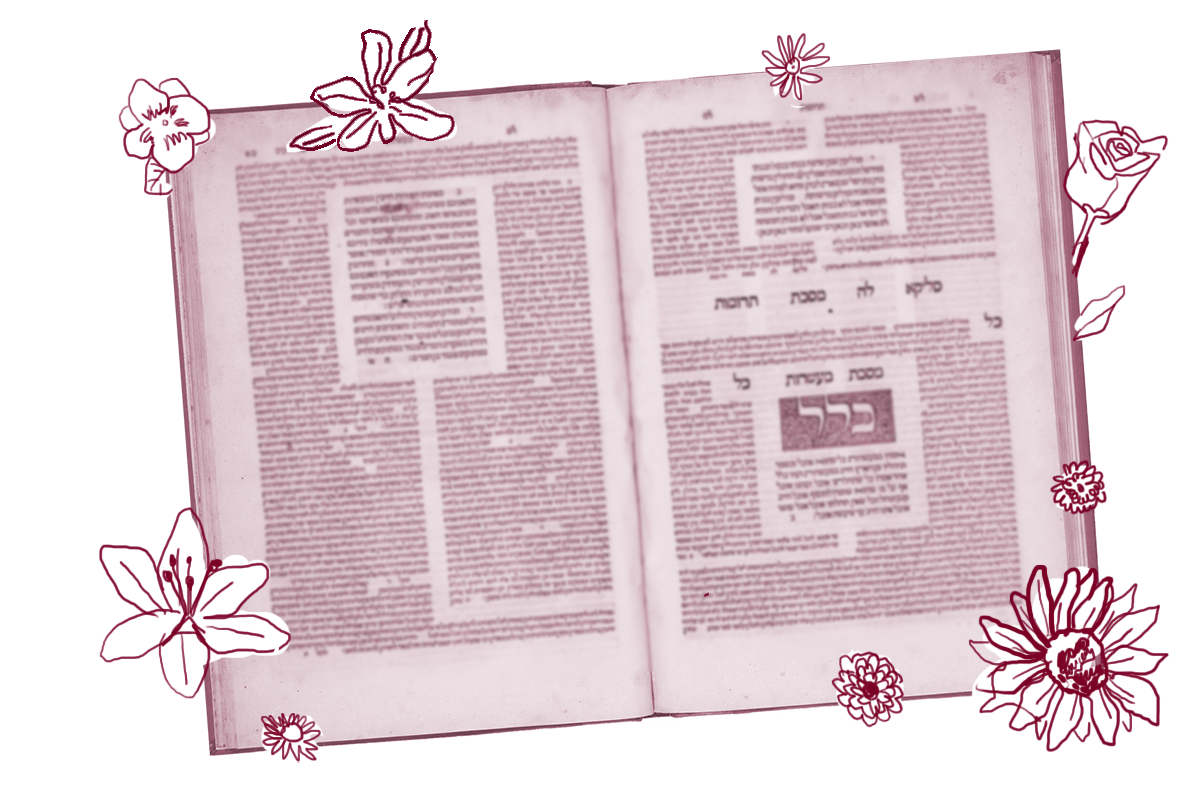Ravin bar Rav Adda said that Rabbi Yitzḥak said: From where [in the Torah] is it derived that the Holy One, Blessed be God, is located in a synagogue? As it is stated: God stands in the divine assembly; among the divine beings God pronounces judgment. (Psalms 82:1)
Ravin bar Rav Adda wishes to show, with biblical proof, that God is present in the synagogue with Jews who pray. But there’s one problem: the Bible knows little of synagogues or communal Jewish prayer.
Despite a dearth of biblical texts about synagogues, Ravin bar Rav Adda asks with assured confidence: “From where [in the Torah] is it derived that the Holy One, Blessed be God, is located in a synagogue?” Notice that the question is not: Is God found in the synagogue? Does the Torah know that God is found in the synagogue? Can we prove from the Torah that God is found in the synagogue? Rather, the assumption that the answer will be positive is baked into the question: Where in the Torah is it shown that God is found in the synagogue?
This is a typical move of rabbinic midrash, creative textual interpretation that builds upon the literal meaning of a verse to read new meanings back into the Torah itself. Rabbinic midrash uses a variety of interpretive methods to constantly generate new meanings from the sacred text of the Torah.
Ravin bar Rav Adda derives proof that God dwells in synagogues with Jews at prayer from Psalms 82:1, which reads: “God stands in the divine assembly.” From the English translation, this doesn’t necessarily seem like a radical reading. After all, isn’t “divine assembly” just “synagogue”? Well, not originally. The verse in its literal meaning and original context imagines God in heaven, ruling over other divine beings; the “divine assembly” are God’s entourage of angels. But in Ravin bar Rav Adda’s hands, the words take on a whole new meaning: that God resides in the synagogue among Jews.
The Talmud goes on to use similar midrashic interpretations to read God’s presence into many other pious and intimate moments that were a regular part of the rabbis’ world: God is present when 10 people come together in prayer; God is present with three people who come together to form a rabbinic court and adjudicate a case; God is present with two people — even one person! — who sits to learn Torah.
The rabbis, through the creative and sacred word-play and interpretation of midrash, imagine a theology in which God is fully present with them — and therefore also with us. What if we felt this same invitation? What practices would you seek to find prooftexts for?
Read all of Berakhot 6 on Sefaria.
This piece originally appeared in a My Jewish Learning Daf Yomi email newsletter sent on January 9, 2020. If you are interested in receiving the newsletter, sign up here.
With your help, My Jewish Learning can provide endless opportunities for learning, connection and discovery.



